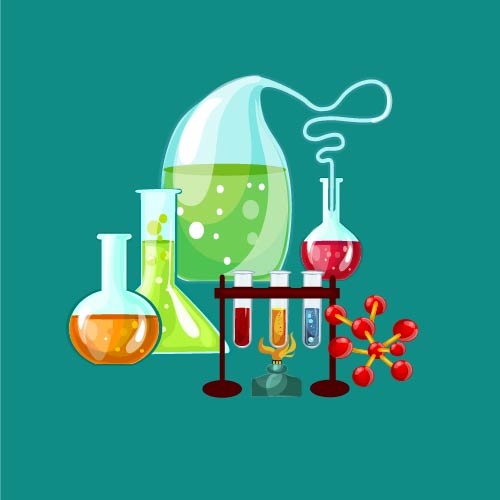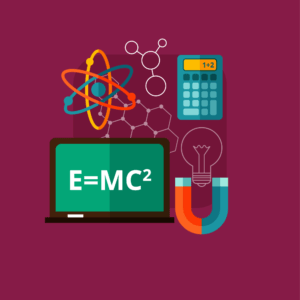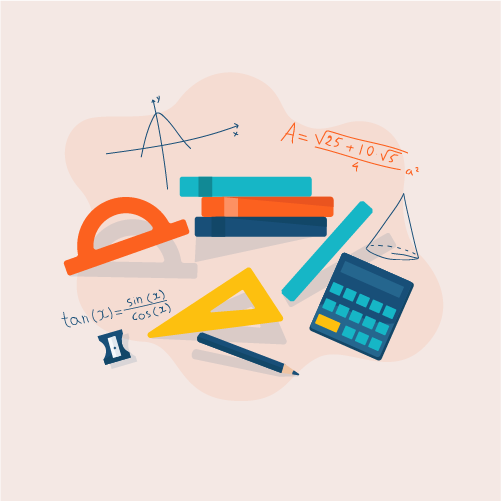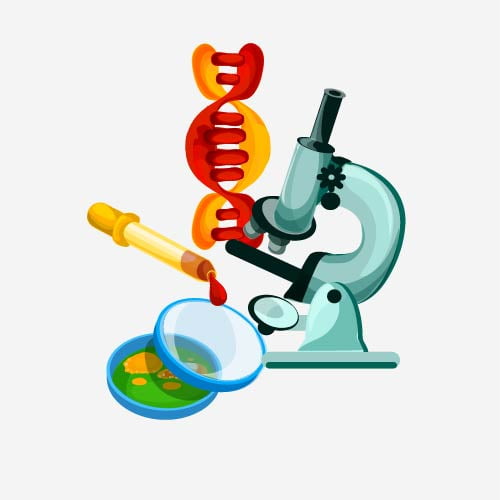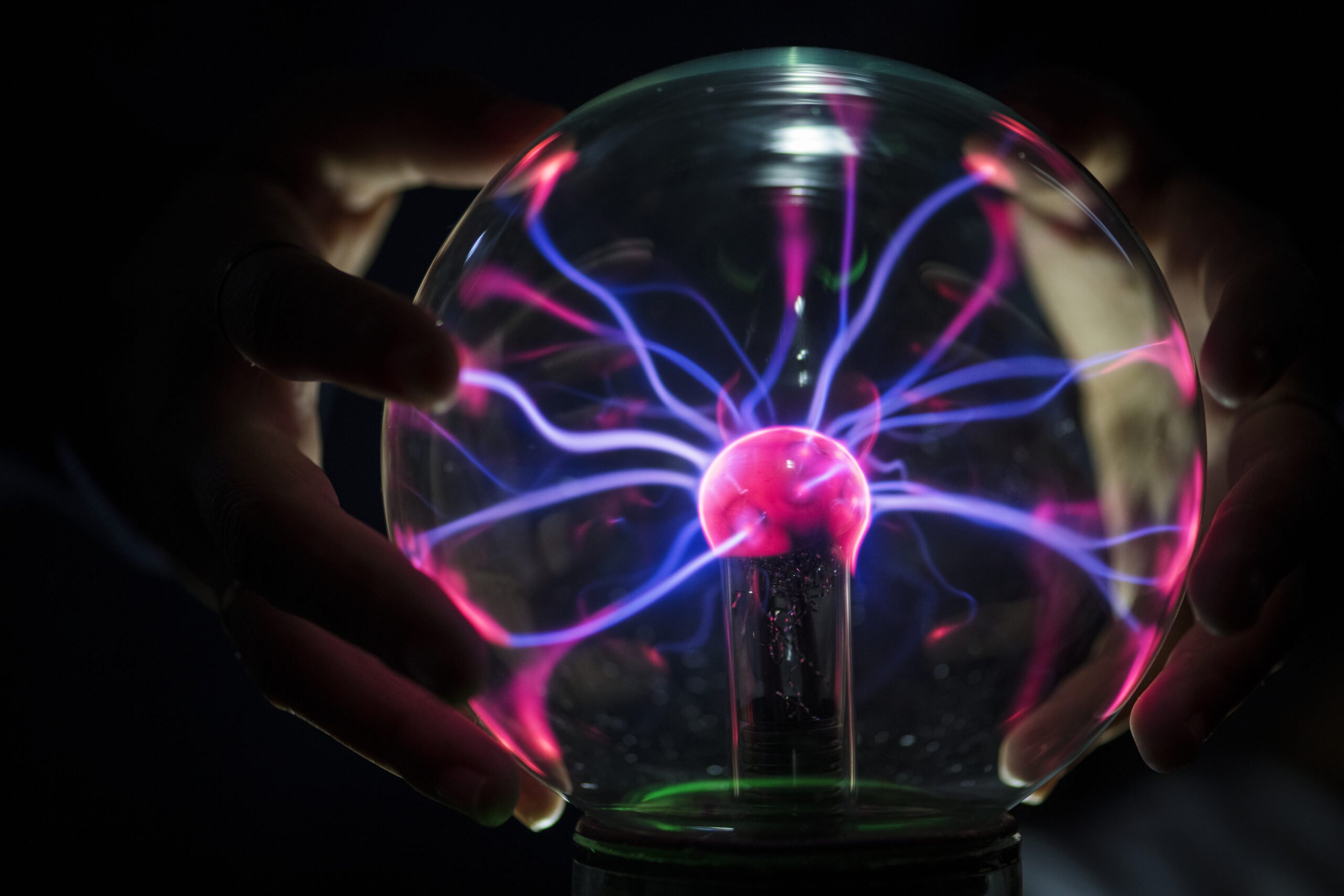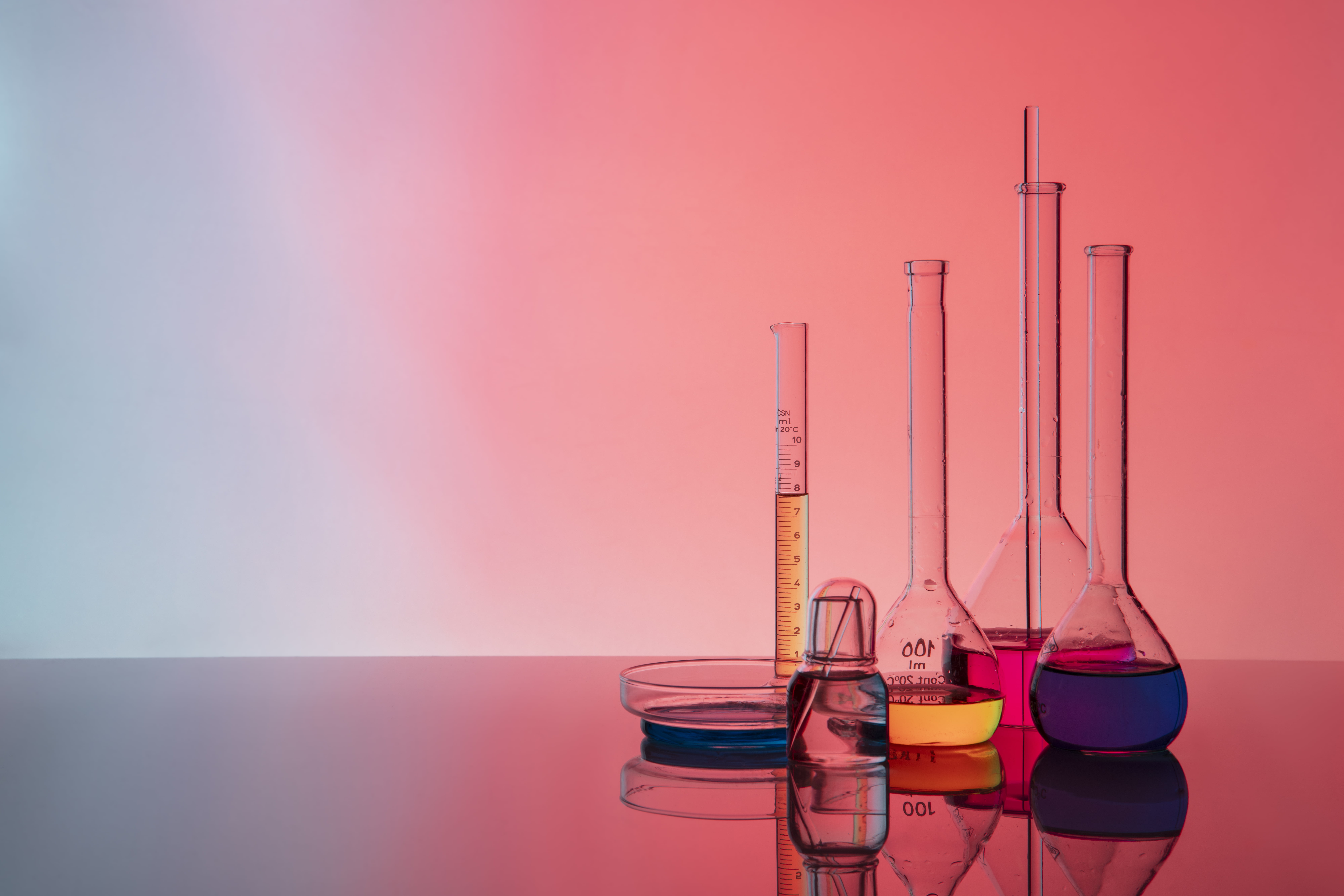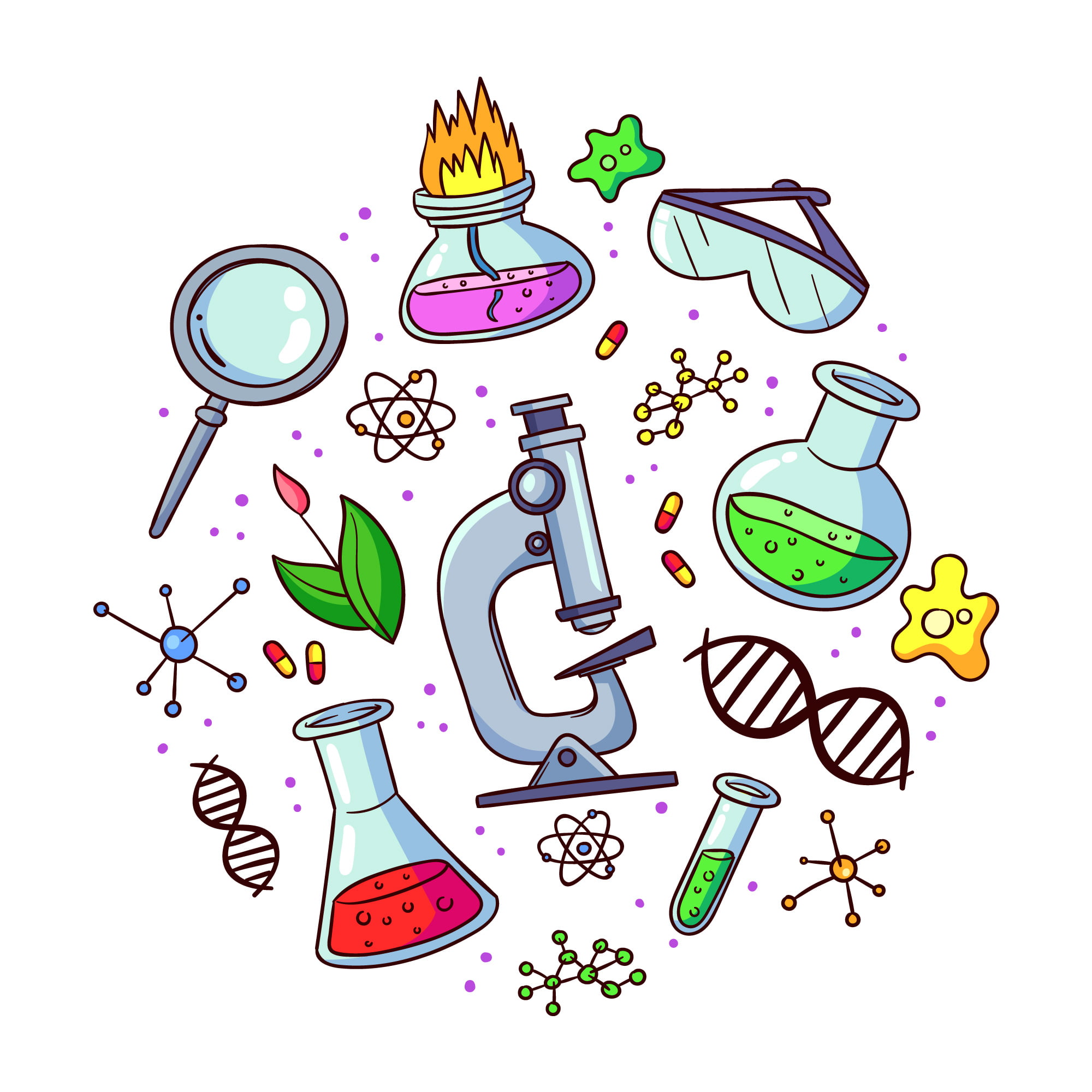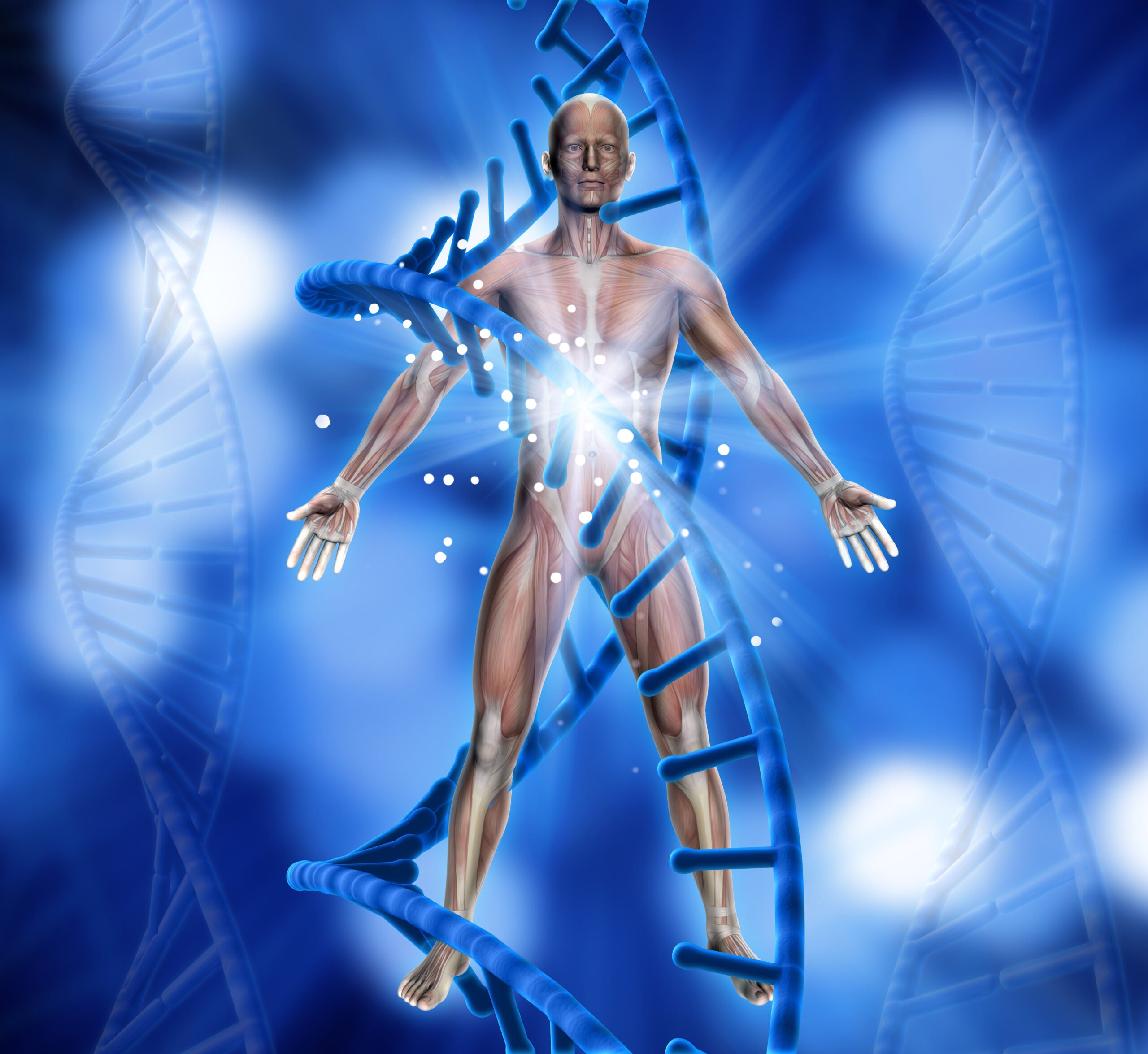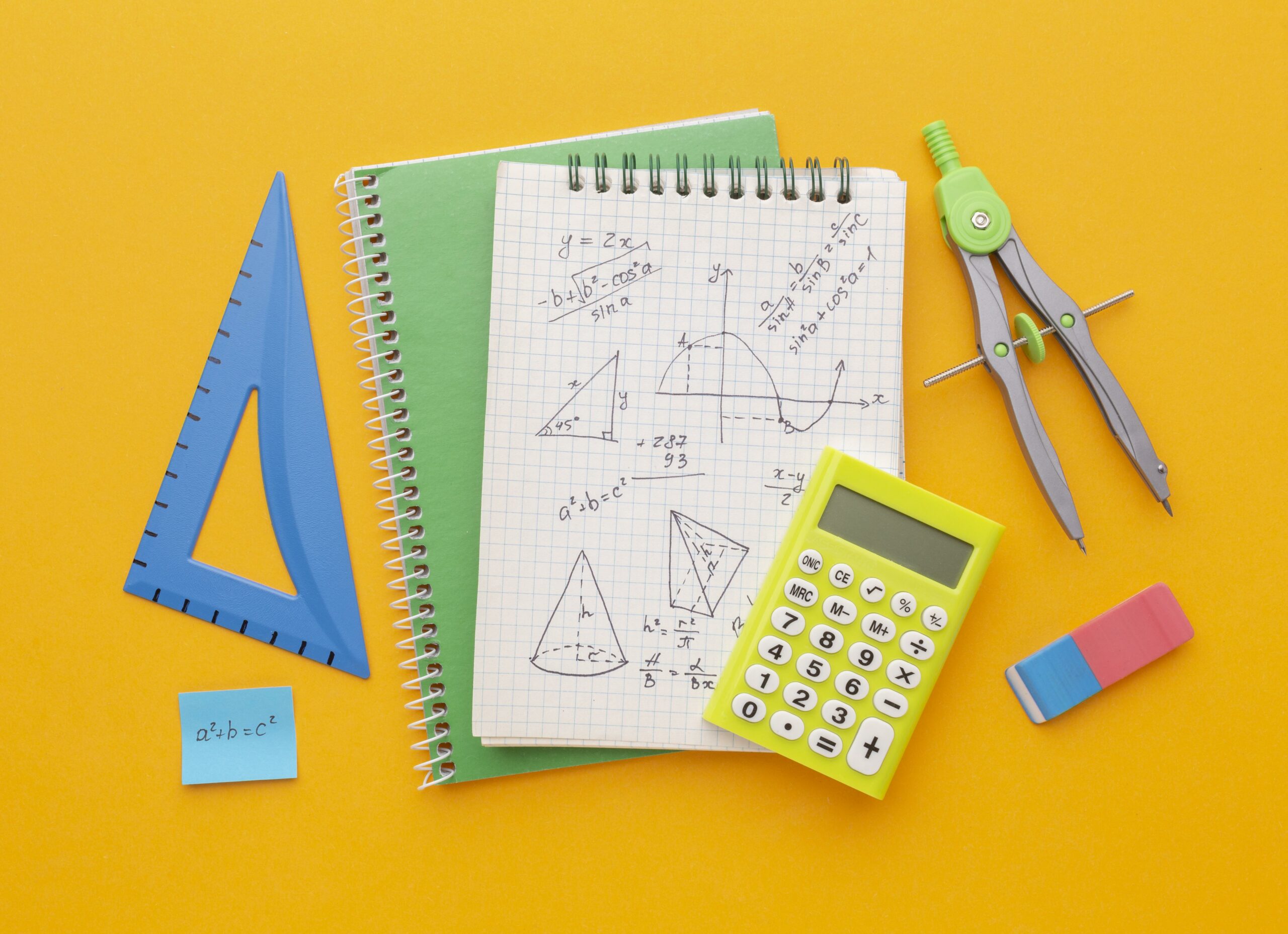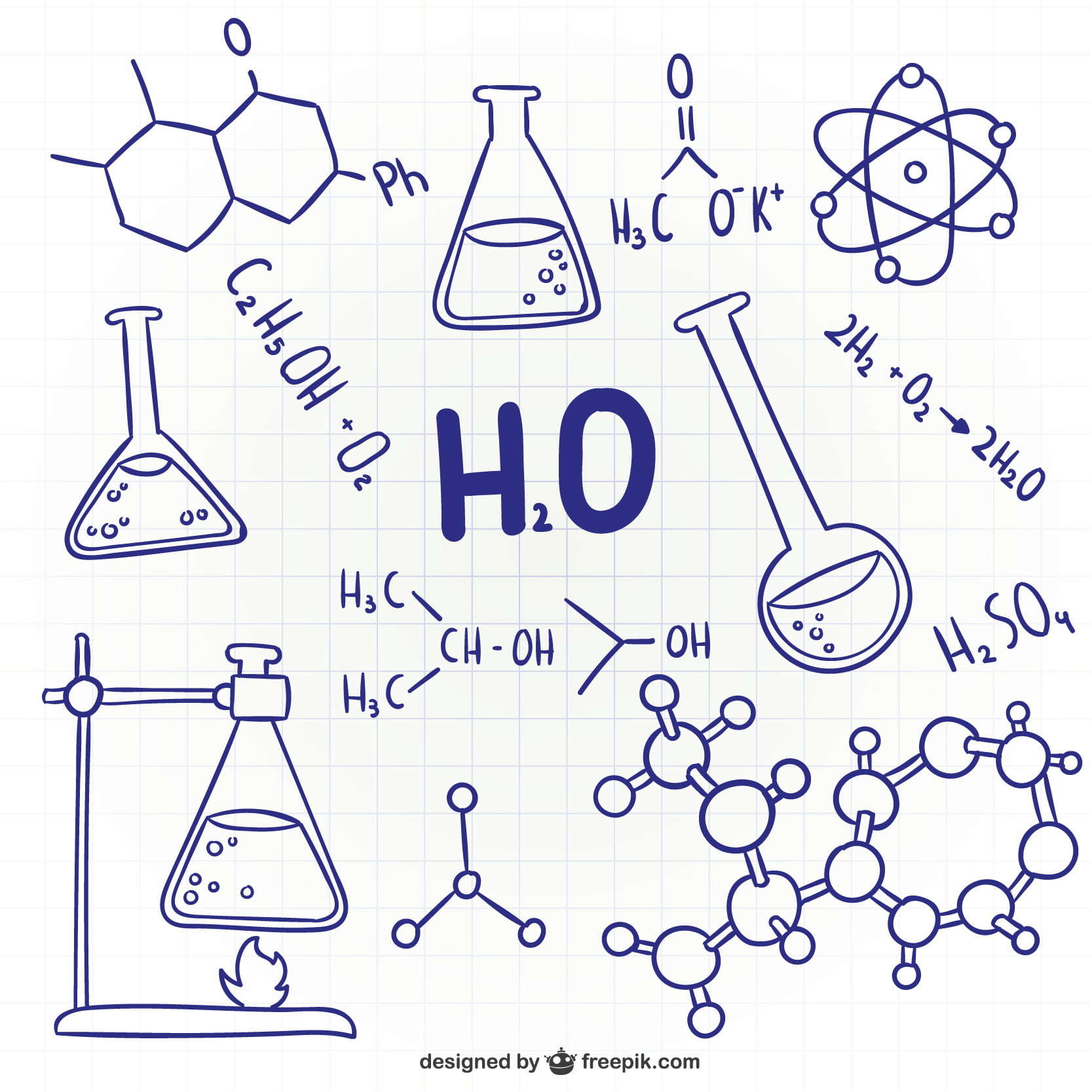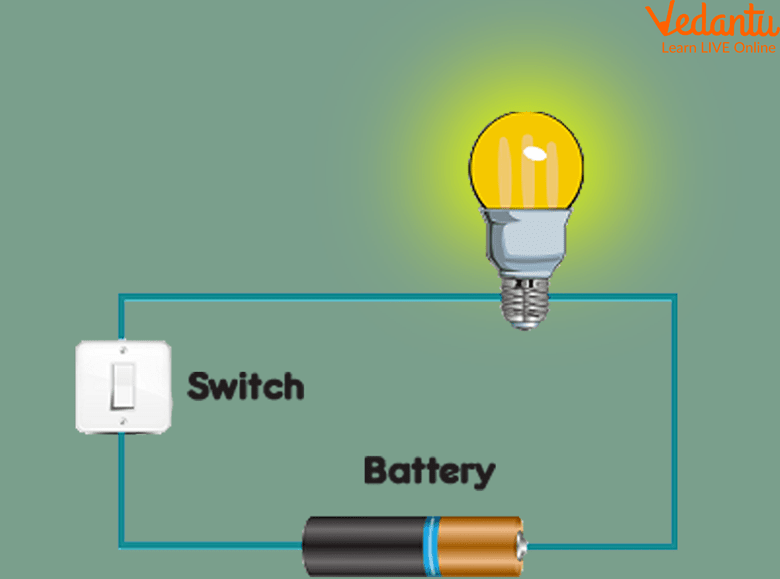
The material makes it difficult for electrons to flow through. The electrons are going to collide and waste energy so we get a voltage drop. This wasted energy needs to go somewhere, so it leaves as heat. But on the branch of each lamp, we get 1.5 amps because the path of the electron splits. The path then merges again- So we get the combined total circuit current of 3 amps because both lamps have the same resistance, they have the same current. But for example, if A has a resistance of one Ohm and that B has a resistance of three ohms, then in the main wire we get an amp reading of two amps.

Two Charged Conductors Connected by Metallic Wire
The adjective “electric” is implied by the context of the situation being described. The phrase “current through a toaster” surely refers to the flow of electrons through the heating element and not the flow of slices of bread through the slots. Electric currents in electrolytes are flows of electrically charged particles (ions).
Direct current
The Charger will then convert this to give an output of around 19.5 volts and 3.33 amps of DC or direct current, which is represented by this symbol. It reads that on cable 1, there are 346Amps flowing at that specific moment in time. Because electrons are so small, vast numbers of them can flow through even the smallest circuit. Just like a vast number of water droplets can flow past you in a small stream. If the current at point D is 2.0 A, then 20 coulombs of charge flow past point D in 10 seconds. If 5 coulombs of charge flow past point A (diagram at right) in 10 seconds, then the current is 0.5 A.
Chemical Effect of Electric Current
A current of 1 ampere means that there is 1 coulomb of charge passing through a cross section of a wire every 1 second. Current electricity is defined as the flow of electrons from one section of the circuit to another. Electric current can be directly measured with a galvanometer, but this method involves breaking the electrical circuit, which is sometimes inconvenient. So again, we can move the multimeter and we get the same reading. If we now connect the circuit with two lamps in parallel, both with a resistance of one ohm and connect this circuit to a battery of 1.5 volts, then in the main wire from and to the battery, we get three amps.
Just as plumbing systems distribute water efficiently, electrical circuits enable the controlled movement of electrons, powering a myriad of devices and technologies that have become integral to our modern way of life. From the generator, the current goes through a series of transformers, where it is stepped up to a much higher voltage for transmission. It is interesting to note that the current is carried by only one wire and not two.
- Any accelerating electric charge, and therefore any changing electric current, gives rise to an electromagnetic wave that propagates at very high speed outside the surface of the conductor.
- It is because they are separated by air which is an insulator.
- However, metal electrode surfaces can cause a region of the vacuum to become conductive by injecting free electrons or ions through either field electron emission or thermionic emission.
- Visualizing current involves picturing the movement of these charged particles, akin to a river of electrons streaming through the conductive pathways of a circuit.
- Once the switch is turned to on, the circuit is closed and there is an electric potential difference is established across the two ends of the external circuit.
If the current is small then the amount of heat generated is likely to be very small and may not be noticed. However, if the current is larger then it is possible that a noticeable amount of heat is generated. When our clothes are crumpled, we use the iron box to make our clothes crisp and neat. Iron box works on the principle of heating effect of current.
From the time we wake up till the time we sleep at night, our life is dependent on electricity. From the basic bread toaster and baking oven to the commonly used current electricity definition television all require electric current to operate. The most common device, mobile phones, uses the electric current to charge the battery for operation.
Because they offer low resistivity for the flow of electrons. Electroplating and electrolysis are the applications of the chemical effect of electric current. The circuit forms a closed conducting loop through which electrons can flow.
A schematic is a graphical representation of a circuit and is very useful in visualizing the main features of a circuit. Schematics use standardized symbols to represent the components in a circuits and solid lines to represent the wires connecting the components. The battery is shown as a series of long and short lines, representing the historic voltaic pile. The lamp is shown as a circle with a loop inside, representing the filament of an incandescent bulb.
When a charge of 8 coulombs flows past any point along a circuit in 2 seconds, the current is 4 A. When a charge of 8 C flows past any point along a circuit in 2 seconds, the current is ________ A. If an electric circuit could be compared to a water circuit at a water park, then the current would be analogous to the ____. •The charge on a single electron is -1.60 × C, while that on a proton is equal in magnitude but positive in sign. The base unit of the ampere is therefore coulombs per second (C/s). Note that the flow of peas is based on the peas physically bumping into each other; electrons flow due to mutually repulsive electrostatic forces.
I’ll write the first 19 digits, which is the most I can possibly write (since arbitrary fractions of the elementary charge don’t exist). Since charge is measured in coulombs and time is measured in seconds, an ampère is the same as a coulomb per second. The unit of current is the ampère [A], which is named for the French scientist André-Marie Ampère (1775–1836). In written languages without accented letters (namely English) it has become customary to write the unit as ampere and, in informal communication, to shorten the word to amp.




